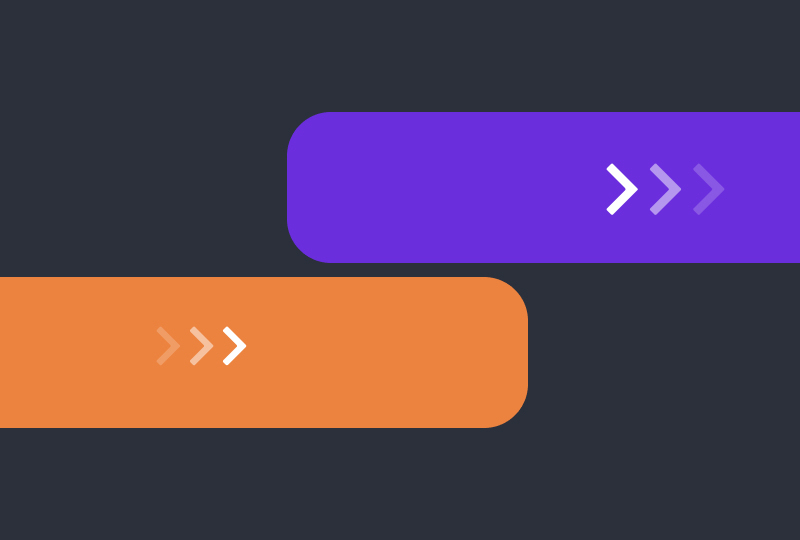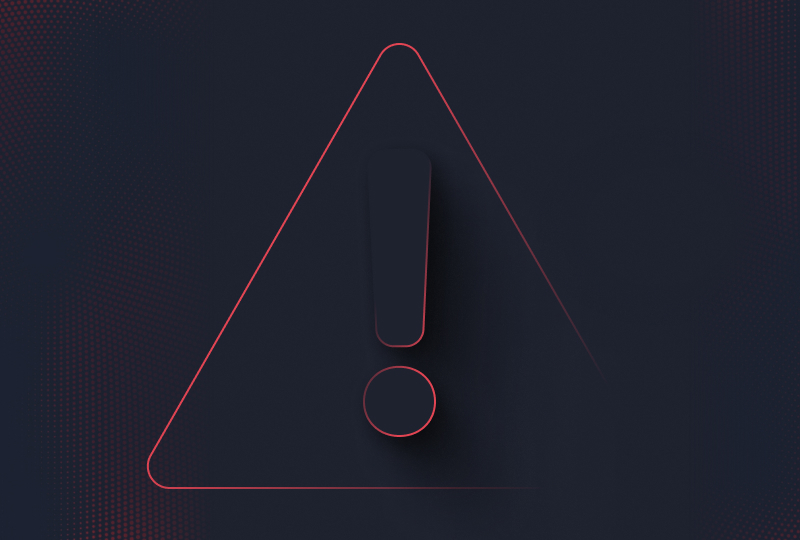2021-12-01

What Is Customer Retention & How Can It Drive Sales?

9 min read
Customer retention is an important metric for any business to pay attention to; it's a key measurement of how well your business is doing.
Why is Customer Retention Important?
Customer retention is important because it helps to increase sales in your business. You want customers to keep coming back and purchasing your product or service, and customer retention helps keep them satisfied so they become repeat customers.
Businesses that make retention a part of their Customer Success strategy spend less on customer acquisition and ultimately increase the lifetime value of their existing customers. Let’s explore exactly what customer retention is, and how you can implement retention strategies in your business.
What Is Customer Retention?
Customer retention is a strategy used to reduce churn and maximize the profitability of each customer. This not only increases the overall number of customers but improves the profitability of each client served. Loyalty programs, customer success management, and personalized products are a few examples of customer retention in action.
In contrast, customer acquisition is the process of finding new customers. Cold calls, display ads, networking events, and content marketing are forms of acquisition strategies. Acquisition strategies often take a lot of time and money to execute, making them an expensive but necessary cost for any growing company.
When to Focus on Customer Retention
Software-as-a-service companies can use their acquisition and retention rates to calculate how much of their attention should be focused on retention. For instance, companies getting five to 20 new customers per month should allocate about 20% of their focus on retention and the rest on acquisition.
Unlike physical products, SaaS companies can gather a lot of data from their customers, even in the earliest stages of growth. Software companies can also bake retention into their product early on. For example, retention email sequences can automatically go out to past customers in an effort to win back business.
As more customers use your product you shift more of your attention to retention. With more customers comes more data which in turn can be used to help improve your retention rates. But before building a strategy to make sure our customers stay with us, we must first understand why they would want to leave in the first place.
What Causes Customers to Leave?
By understanding why customers leave, you can engineer a strategy based on your own metrics to reduce churn and improve retention rates. While every business is different most clients leave because of the following:
They are unhappy with their price
Price discussions are often difficult, as long as they focus purely on price. Therefore, make sure your customers quickly find the use of your product.
As they move though their customer journey, you want them to discover new features and an increased value working with you—not the other way around.
Also, make sure you have a good custom fit. Trying to avoid price discussions by constantly promising product development can actually cost you even more in the long run.
Your product didn’t solve their problem
Make sure you have a dedicated customer success team that puts in the time and effort during the onboarding phase to ensure everybody aligns on the customer’s business goals and find the best ways to solve them.
Try to keep a high-level approach to the initial discussions and not get stuck in the product details. It’s the big problem you want to solve.
They received a poor experience
Your product may have bugs, glitches, or even downtime which can frustrate your users. However, with a qualified customer service team, these issues can be handled. Also, live chat, FAQs, and net promotor score are all great tools that ensure you keep track of your customers’ experiences.
Even better, an active customer success manager can identify upcoming issues before they become a problem. That way you are able to turn a potentially poor product experience into a professional business experience.
They don’t feel heard or seen as individuals
To buy into a product, and then feel abandoned as soon as you've paid for the first 12 months, is a bad experience from the beginning. Make sure you have playbooks in place for all your customers—from high touch to low touch—that include regular check-ins and a proper feedback process. This way, every user will feel heard, seen, and valued.
They no longer have a use for your product or service
Businesses evolve, and so does your product. Therefore, make it a priority to understand your customer’s business goals in the long term so that you can adapt your solution to fit their specific needs—as they grow. Also, don’t forget to remind your clients of the value your product actually creates by regularly showcasing the progress they make.
How To Calculate Customer Retention
To calculate your retention rate, you’ll need three pieces of information:
-
The number of existing clients at the start of that period (S)
-
The number of new clients added within that period (N)
-
The number of clients at the end of that period. (E)
With these numbers, we can calculate the retention rate as a percentage (X) for that time period:
Customer Retention Formula
(E-N)/S * 100 = X
Similarly, you can calculate customer churn by dividing the number of lost customers (LC) by the number of total customers (TC) during a set time period. Churn is basically the inverse of your retention rate.
Customer Churn Formula
(LC/TC) * 100 = Customer Churn Rate
Retention rates will fluctuate depending on the industry. For example, IT services can expect a rate of around 80% whereas businesses in the retail space hover around 60%.
These numbers differ based on how competitive the market is, how easy it is to switch solutions, and how customized clients feel their service is to them.
If you’ve crunched the numbers for business and aren’t happy with your rates, here are a few strategies you can use to get those numbers up.
How To Improve Customer Retention
Improving customer retention is vital to improving your recurring revenue, especially as your customer-based grows. Below are a few strategies you can implement to improve your customer retention rate.
Continuously Upgrade Your Product
Imroving your software across all tiers not only keeps you competitive, but shows your customers that you’re committed to helping them achieve their goals for the long term. As you make improvements, be sure to communicate these changes to your customers.
Email updates and changes to their homepage can help alert them to new features and improvements. This helps improve retention rates by assuring customers you’re staying competitive and creating the best possible solution for them.
Collect Customer Feedback
Along with monitoring your churn and retention rates, collecting feedback is vital to understanding how they feel. Surveys are perfect for collecting and calculating metrics such as customer satisfaction and net promoter score.
Even as customers churn, exit surveys can provide valuable insights as to what went wrong and how improvements can be made.
Collecting this information can help identify trends, uncover pain points, and act as an early warning system for clients who may churn soon.
Provide Seamless Onboarding
Onboarding is often the first real test in the relationship between the customer and company. A rough onboarding process can cause the client to lose faith in the company early on or get frustrated and abandon the product.
Onboarding should be a smooth predictable process with customer success managers available to resolve any issues as soon as possible. Every person is different in terms of their goals and problems. If you can customize your onboarding to match their unique challenges, they’ll stick around for the long term. The key here is to reduce as much friction as possible.
Customize Every Interaction
Customization helps customers reach their goals faster by shortening the distance between their problems and their goals through your software. In a world where everything is automated customization can go a long way, especially in the B2B space.
Customers will take note when companies customize their experience so that they can reach their goals faster. Customers will be less likely to churn for a competing product when they know they have a custom built solution on your platform.
You can customize your product by doing the following:
-
Sending targeted emails trigged by certain milestones or feature usage
-
Customizing the onboarding process based on the customer’s goals
-
Training customers on features that will specifically help them reach their goals
-
Automatically catering to their industry requirements (HIPAA, PCI-DSS, etc.)
Build a Community
Communities help customers support each other and interfact with brands on a more personal level. Building a community around your brand can improve customer retention when customers know they have a network of experts within their reach.
Communities can also foster innovation and help SaaS companies implement new features. For example, some SaaS companies host open market places where customers can exchange or even sell their own templates or add-on for your product. This not only gives your customers more flexibility but helps you understand what your customers want the most.
Building a community isn’t something that’s done over night, but it’s certainly worth the effort to foster long-term relationships and boost rention rates.
Leverage Customer Retention Software
Improving customer retention across a company requires continuous monitoring and deploying a tailored solution when metrics shift in the wrong direction. Retention software is a powerful tool that can immediately identify signs of dissatisfaction and work to immediately resolve the issue.
Both small and large organizations can use software to cut costs and automate the repetitive aspects of managing client relationships. This gives your team more time to focus on providing white-glove service and building lasting relationships between the customer and your brand.
How Planhat can help
Planhat connects all the customer data, gets actionable insights, and drives actions to manage renewals, reduce churn, and boost expansion.
Planhat also provides a unified view of your customers all in one place, identifies risks and opportunities, creates clear, repeatable processes through the customer life cycle, and offers multi-channel communication as well as customized inboxes for teams.
With Planhat Portals, it is possible to share success plans, playbooks, dashboards, goals, documents, and align on business goals with your clients in a branded Customer Portal.
Altogether, Planhat is a complete customer success platform that lets you track the key performance indicators that matter the most for the future growth of your business. You can download our report to learn What's next for Customer Success? or get a Planhat demo!
Join our newsletter!
Receive the latest news, updates, and invitations to our events.
Being data-driven, are we there yet?
Being data-driven should be standard nowadays, but many organizations still struggle with it. Every company wants to be data-driven, but putting it into practice is the tough part.
How to transition from a cost center to a profit center in CS
Many in CS shy away from the commercial aspects of the business, but it's a missed opportunity to keep the conversation moving around maximizing and driving value for customers.
It's worth the risk: Identifying and managing risk in CS
When faced with risk in CS, it’s hard to know what the first step should be. We've developed an actionable plan based on experience from three CS experts.
Learn more about
Planhat
Drop your email and let us show you our platform!











